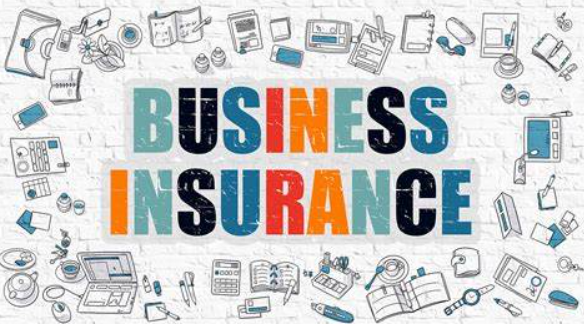Understanding vehicle protection terms is fundamental to settling on informed conclusions about your inclusion and guaranteeing you’re sufficiently safeguarded. Here are some key vehicle protection terms of which you ought to be aware:
Premium: The sum you pay for your protection inclusion, regularly on a month-to-month or yearly basis.
Deductible: The sum you should pay personally before your protection inclusion kicks in. Higher deductibles frequently bring about lower charges.
Policy: The composed understanding between you and the insurance agency that frames the agreements of your inclusion
Coverage: The particular sorts of security your insurance contract gives, like responsibility, crash, far-reaching, uninsured or underinsured driver, and that’s just the beginning,
Liability Insurance: Inclusion that pays for wounds and property harm you cause to others in a mishap for which you are to blame.
Collision Coverage: Protection that pays for fixes to your vehicle when it’s harmed by an impact, paying little heed to who is to blame.
Comprehensive Coverage: Assurance against harm to your vehicle from non-impact occurrences like robbery, defacement, fire, or cataclysmic events.
Uninsured/Underinsured Motorist Coverage: Inclusion that pays for your wounds and harms on the off chance that you’re associated with a mishap with practically no driver protection.
Policyholder: The person who has the insurance policy and is normally the one liable for paying costs.
Claim: A solicitation you make to your insurance agency for payment for a covered misfortune or harm.
Exclusion: explicit circumstances or kinds of harm that are not covered by your insurance contract.
Premium Rate: The cost of security considers various factors, including your age, driving history, region, and the kind of vehicle you drive.
Underwriting: The interaction safety net providers use to assess your gamble and decide your top notch in view of elements like your driving record and individual data.
Accident Forgiveness: A component that forestalls your charges from expanding after your most memorable to blame mishap, contingent upon your guarantor.
No-Fault Insurance: A framework in certain states where each party’s insurance agency pays for their own policyholder’s wounds and harms, paying little heed to who is to blame in a mishap.
Policy Limits: The most extreme sum your insurance agency will pay for a covered misfortune is normally recorded as a progression of numbers (e.g., 100/300/50, and that implies $100,000 per individual for substantial injury, $300,000 per mishap, and $50,000 for property harm).
Rider/Endorsement: An option to your strategy that gives additional inclusion to explicit circumstances or things, for example, adding inclusion for rental vehicles.
Claim Adjuster: The individual liable for surveying the harm, wounds, and misfortunes in a protection guarantee and deciding the proper payout.
Premium Discount: A decrease in your insurance charge for factors like safe driving, packaging contracts, or utilizing hostile burglary gadgets.
Total Loss: When the expense of fixing your vehicle after a mishap surpasses its genuine money value, the insurance agency will pronounce it a complete misfortune and pay you the vehicle’s reasonable worth.
SR-22: A testament of monetary obligation expected for high-risk drivers to demonstrate they have protection inclusion
Excess or Excess Lines Insurance: Inclusion for high-risk or surprising circumstances that a customary insurance agency won’t cover, regularly given by specific guarantors.
Understanding these vehicle protection terms will assist you with exploring the intricacies of accident coverage and pursuing more educated decisions while choosing inclusion and managing claims. Make certain to peruse your approach completely and inquire as to whether you have any inquiries regarding your inclusion.



